Contributor: Europump
The aim of the EU Eco-Design Directive is to improve the environmental impact of energy-intensive products by optimising their design. Since pumps require a lot of energy, some inevitably fall within scope of this directive. Better design could significantly reduce their energy consumption. However, considerably more can be achieved if the pump is not viewed in isolation, but as part of the overall system along with its electric motor and controller.
On this basis, Europump, the European pump association, developed the so-called extended product approach (EPA), which it hopes will be considered during the forthcoming EU legislative procedure.
After China and the USA, Europe has the third largest electricity consumption in the world – around 3,300 terawatt hours (TWh) per year. More than 300 TWh of this is accounted for by electric pumps. That is equal to the generated output of 30 large coal-fired power plants. No wonder the EU Commission, in its efforts to reduce consumption, also considered regulating pumps at an early stage in the process. The Commission selected those products and product groups that have the highest energy consumption and from which the greatest savings potential was available. Pumps clearly belonged to this group.
In contrast to many industries that see themselves restricted by regulation and try to defend themselves against it, the European pump industry has welcomed sensible regulation from the outset. After all, what they themselves had begun in 2004 basically continued at the political level: the search for efficiency gains. Using water pumps as an example, Europump found that their annual electricity consumption of 137 TWh could be reduced by 35 TWh – the equivalent of shutting down 4 coal-fired power plants.
This saving can be achieved by adjusting the pumping capacity precisely to the pumping requirement. This works with the help of a controller, for example a frequency converter. This device makes it possible to reduce the speed of the motor driving the pump and thus also the power of the pump. Normally, the motor of a pump always runs at a fixed speed, the pump always runs at full throttle, so to speak. Even where the need for pumping power varies.
In a hotel, for example, the water requirement in the rooms is particularly high in the morning because the guests want to take a shower, but at noon it is comparatively low because there are hardly any guests in the hotel. However, the pump’s motor will consume as much electricity all day as it needs in the morning. If less is needed, the motor will be throttled. The energy fizzles out.
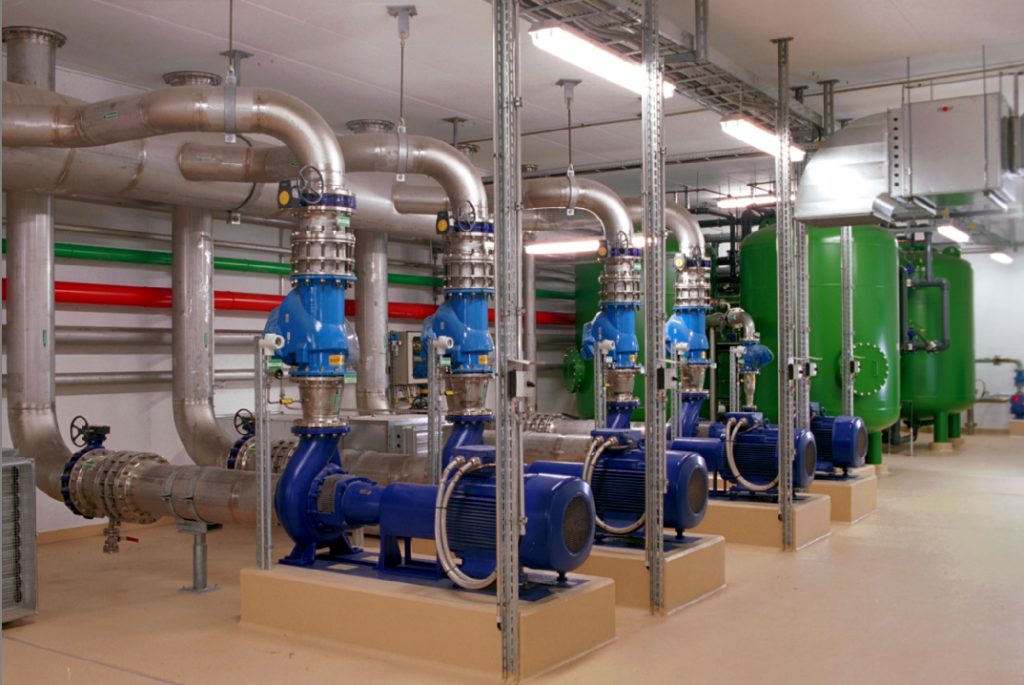
Keeping an eye on the right costs
“The savings come from the fact that we regulate instead of throttle. So, we achieve the 35 TWh saving by reducing waste,” says Thomas Heng, who is responsible for series pumps at pump manufacturer KSB and sits on various working groups at Europump. These large energy savings therefore result from the ideal interaction of motor, frequency converter and pump. Consequently, it cannot be achieved by looking at the pump or the motor alone.
So why is this saving hardly used today? “Because consideration is often only given to the acquisition/installation costs and not the operation costs over the life span of the entire pump system. With the addition of a frequency converter, a pump costs are invariably lower than without one,” says Heng. In most cases, a standalone pump would pay for itself after about two to four years. But in industry, this is regarded as being too long, since an investment needs to pay for itself after just two years or even faster. So far, pump users have largely refrained from designing their pump systems to run as efficiently as possible. This problem is compounded by the system planners’ desire to provide generous performance reserves and with it a tendency to over-spec. Pumps are specified for the highest possible operating point, even if this is never achieved in practice. They want to be on the safe side. But if the pump is far too big for the application and is driven at full throttle, the waste of energy can be huge.
Product approach falls short
Since pump manufacturers have determined to curb this waste, regulation is just what they want. However, there is a catch; the Commission is following a narrow product approach in the Eco-Design Directive adopted in 2009. This is because the directive initially focused on new consumer products such as refrigerators, televisions and light bulbs. A light bulb is turned on or off. If it is on, it consumes electricity, if it is off, it does not. A light bulb is autarkic, a pump is not.
Europump’s study found that if pumps were looked at in isolation with a view to trimming their electrical consumption, savings of just 5 TWh instead of 35 TWh would only be possible with extreme design and production effort.
In principle, the EU Commission is prepared to consider the extended product approach as the basis for the efficiency analysis. But it cannot decide this on its own. “The problem is the member states. They say the extended product approach is too difficult for their market regulators to review.” says Frank Ennenbach, chairman of the Standards Commission at Europump and Manager at pump manufacturer Sulzer. He added, “The critics’ argument is that if three different product types – Pump, Motor and VSD – are combined and treated as one product or system, no one can check whether it has been configured correctly and that the savings are being achieved.”
The counterargument is the simple heating pump. For this small pump, which is installed many hundreds of thousands of times, there is already regulation – even though it is an aggregate in which, strictly speaking, the extended product approach has been applied. In this small unit, the pump, frequency converter and motor are assembled in a very small space. The Commission has therefore considered the device as a single product, even though it consists of three separate products. The first heating pumps were regulated under the Eco-Design Directive as early as 2013.
Second EPA test for water pumps
Since 2012, there has also been basic regulation of water pumps, but only of the actual pump, that is the hydraulics, which transports a fluid from A to B. The water pumps are also regulated in principle. “We want to try to implement the extended product approach for water pumps in the upcoming revision”, says Markus Teepe, Chairman of the Eco-Design Working Group at Europump and representative of the pump manufacturer Wilo. So far, heating pumps have been subject to regulation as a unit and water pumps as a component. This is partly because there are more of them than any other pump type, and partly because large industrial pumps are often so special that they cannot readily be grouped into one category or classification In the EU Commission, it is customary to review decisions every 5 years. The review of the water pump issue had been delayed but is now due for this year. The Commission usually has such technical issues reviewed by external consultants before reaching a decision. These experts meet with all parties involved. It is essential therefore that the pump manufacturers convince them of their arguments.
Avert imminent competitive disadvantage
But what if the extended product approach is ultimately not accepted? “We see a real danger that we will not save the 35 TWh that we could.” says Ennenbach. “We will then miss the opportunity to make a major contribution to sustainability and climate protection. We have everything we need. We just need the legislator making the right decisions.”
However, in addition to ecological responsibility and sustainability, it is also about the competitiveness of the European pump industry, as other parts of the world have long since introduced drastic efficiency requirements for pumps, such as in the USA, Canada and soon also in China. Ennenbach concluded, “As manufacturers, we must do something to avoid losing these markets. If we want to remain a technology leader, we must show the efficiency gains in Europe.”
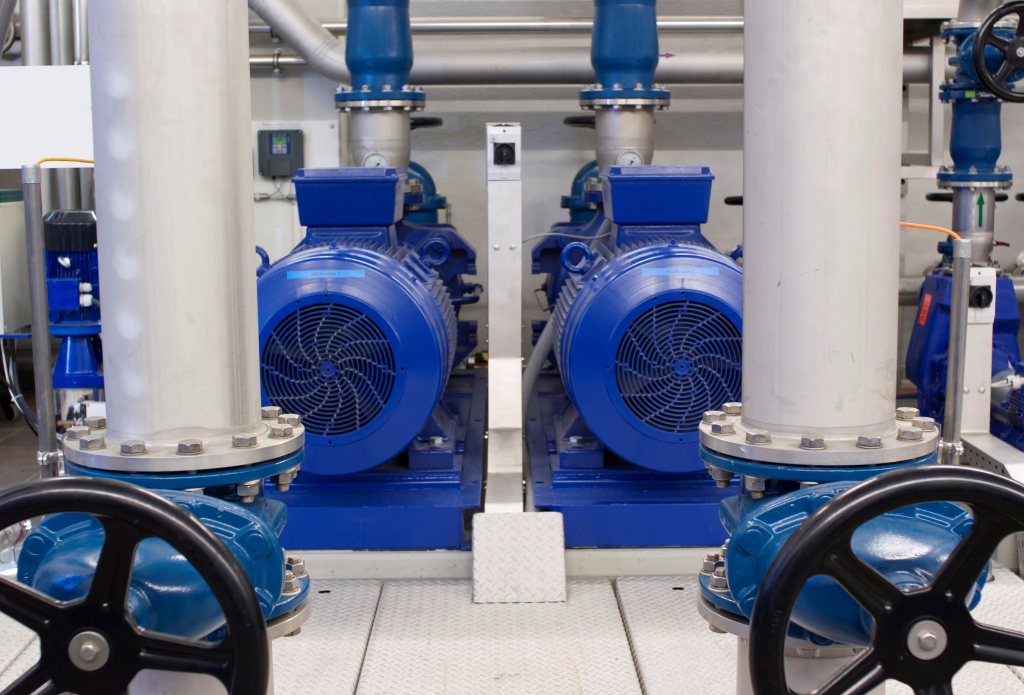
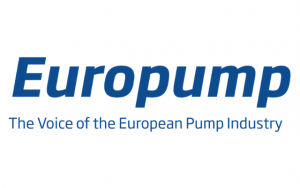
About Europump
Europump, the European Association of Pump Manufacturers, was established in 1960. It represents 16 National Associations in 14 EU Member States, Turkey, Russia & Switzerland. Europump members represent more than 450 companies with a collective production worth more than €10 billion and employing 100,000 people in Europe. The ever improving performance of liquid pumps increases the productivity of end user sectors and contributes to competitiveness and growth.
Pump manufacturing is a growing and SME-driven sector. With almost half of all world exports and 40% of major patent applications, the Western European pump industry is the economic, commercial and technological leader.
Europump is an associate member of Orgalim – Europe’s Technology Industries – representing the mechanical, electrical, electronic and metal working articles industries as a whole. Orgalim expresses the industry’s viewpoint via position papers.

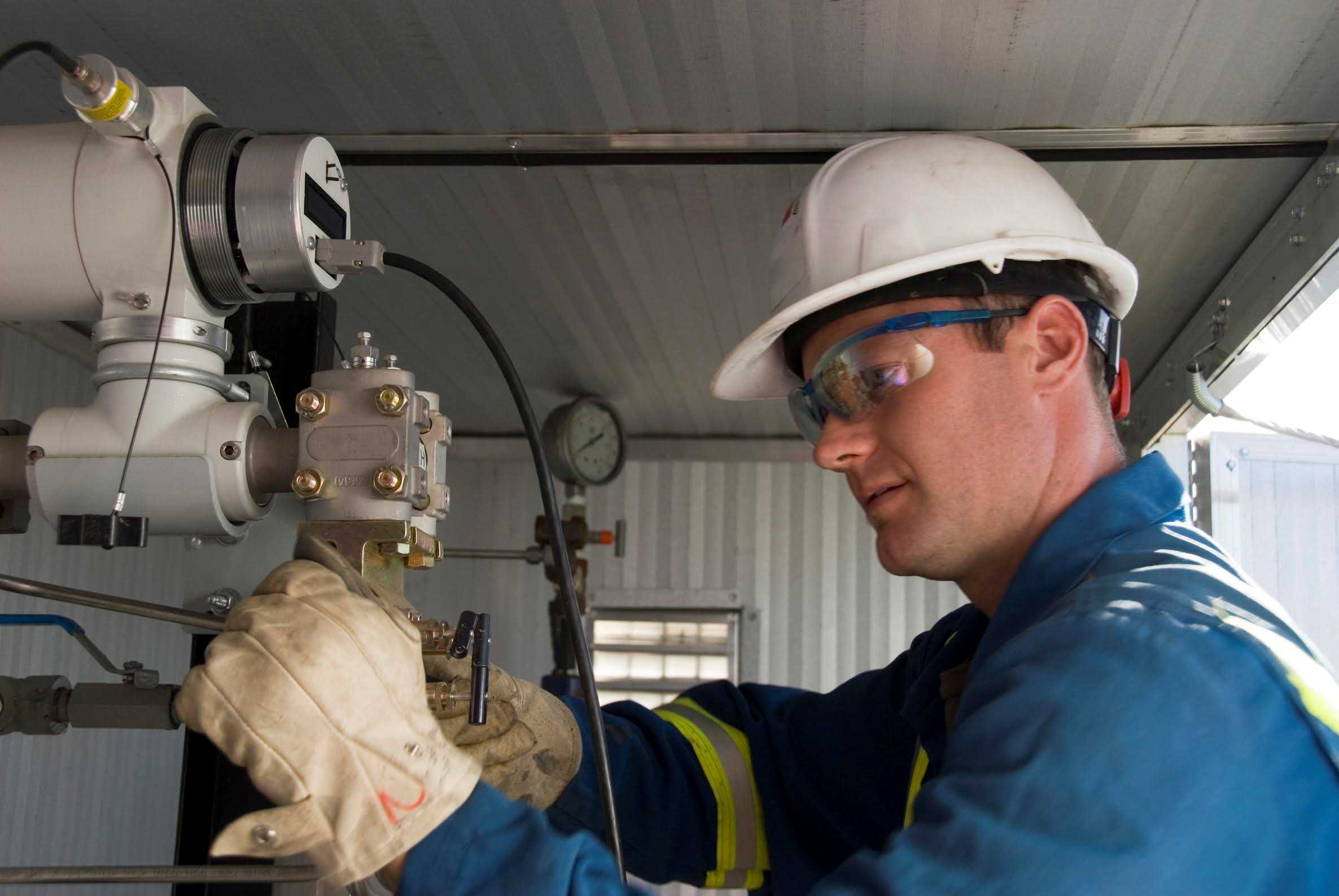
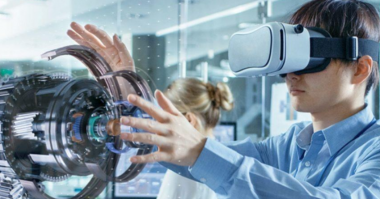

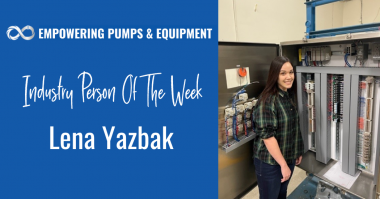
Comments